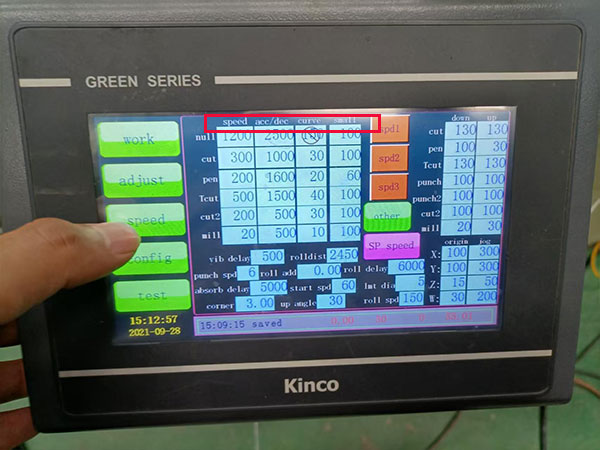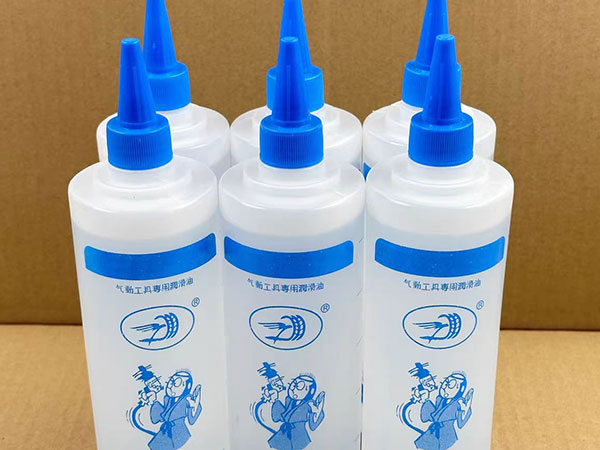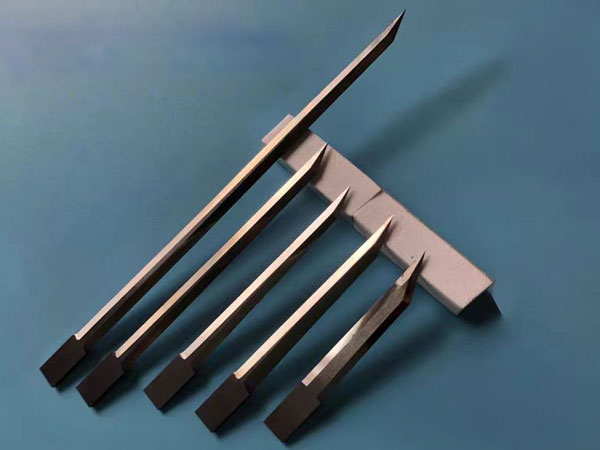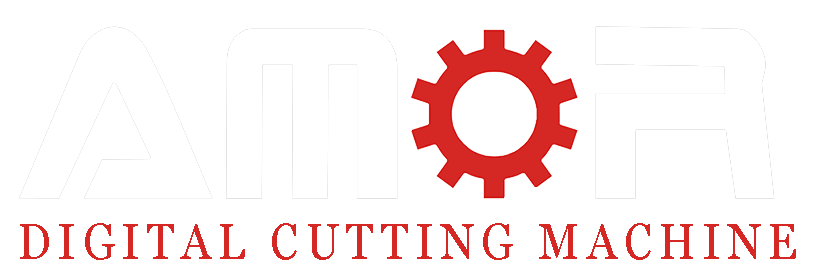1. Daily Cleaning After Use
To extend the life of your oscillating knife cutting tool, regular cleaning is crucial. After each use, ensure that you clean the bottom of the tool with the machine’s built-in air gun. This simple step removes cutting debris and prevents it from entering the tool’s internal components. When debris accumulates, it increases internal resistance, leading to unnecessary wear and tear.
Tip: Cleaning your cutting tools every day helps maintain smooth operation, preventing long-term damage and increasing cutting efficiency.
2. Correct Blade Installation
Proper blade installation is one of the most vital factors in prolonging the life of your cutting tools. Incorrect installation can cause poor cutting performance, increased operational resistance, and even lead to internal damage, accelerating wear. Always ensure the blade is mounted correctly, aligned with the tool’s specifications, and securely fixed in place.
Tip: Regularly check blade orientation and alignment to avoid unnecessary wear and ensure optimal cutting results.
3. Setting Correct Cutting Speed
While it may be tempting to maximize cutting speed for faster production, choosing an appropriate cutting speed is essential for tool longevity. Adjust the speed based on the material’s hardness and thickness. For instance, cutting polyester fiber sound-absorbing panels at extremely high speeds (e.g., 1000mm/s) can quickly damage the tool. Set a reasonable cutting speed, especially when working with thicker or denser materials, to prevent excessive strain on the tool.
Tip: Don’t always chase the fastest speed—adjust it based on material characteristics for balanced performance and longer tool life.

4. Regular Lubrication
Lubrication is essential to reduce friction and ensure smooth tool movement. Use low-concentration, transparent hydraulic or sewing machine oils for lubrication. Avoid high-concentration oils, which can create sludge inside the tool and increase vibration resistance. Many customers make the mistake of using heavy oils, which can damage the tool’s internal mechanisms, reducing its lifespan.
Tip: Regularly lubricate your tools using the correct oil to prevent internal friction and extend tool life.

5. Choosing the Right Tool for the Material
Selecting the correct cutting tool for the material you’re working with is crucial. Don’t use low-power oscillating tools for extremely thick or hard materials, as this will lead to tool malfunction and premature wear. Match the tool to the material’s properties to avoid unnecessary damage and extend the tool’s lifespan.
Tip: Always ensure that the tool’s power and capabilities align with the material’s hardness and thickness to optimize tool longevity.


6. Timely Blade Replacement
As blades lose their sharpness, cutting resistance increases, and noise levels rise. When this happens, it’s essential to either reduce cutting speed or replace the blade. Failing to replace a dull blade can cause excessive strain on the tool and lead to internal wear, shortening the tool’s lifespan.
Tip: When you notice increased resistance or noise, take action immediately to replace the blade before it causes internal damage.

7. How to Identify Tool Failure
Detecting tool failure early can prevent further damage and unnecessary downtime. Here are a few ways to check for tool malfunction:
- Listen: Pay attention to any unusual noise during operation, especially when transporting the machine.
- Visual Inspection: Check for any gaps or looseness in the internal bearings or parts of the tool.
- Measure: If the cut dimensions are inaccurate or shapes fail to close correctly, it’s time to check the tool for faults.
Tip: Regularly monitor the machine’s performance to catch signs of wear early and avoid costly repairs.

8. Recommendation for High Workload or Hard Materials
If your business involves heavy workloads or cutting hard materials regularly, consider investing in an additional oscillating tool. This extra tool will allow you to meet high-demand processing needs and prevent tool damage caused by overuse. It ensures that your machine operates smoothly even under intense workloads, reducing the risk of unexpected downtime.
Tip: For high-volume or heavy-duty work, having a backup tool ensures that your operations continue uninterrupted.

Conclusion
By following these practical maintenance tips—daily cleaning, proper blade installation, correct cutting speeds, regular lubrication, choosing the right tool, timely blade replacement, and early detection of tool failure—you can significantly extend the life of your oscillating cutting tools. Not only does this reduce the need for frequent replacements, but it also keeps your production running smoothly, lowering overall maintenance costs and improving efficiency.
Remember, consistent care and attention will go a long way in ensuring your oscillating knives remain in optimal condition, providing you with high-precision cuts and reducing downtime in the long run.



